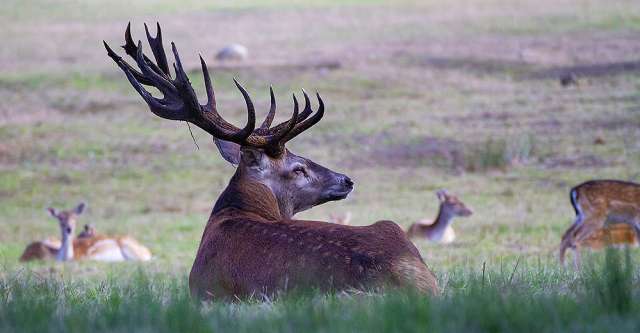The official deer seasons are over. Venison is harvested and put into the freezer. Cold winds blow outside. What is a hunter to do? As you have tracked that buck for several months, waiting for the right time to take your shot, he only appeared after dark. Now is the time to go back to tracking that buck. You could find his antlers.
Why Shed?
When the deer mating season ends, the connection between the antler and the pedicle, the place where the antler attaches to the buck’s skull, weakens until the antler drops off.
Biologists believe certain animals, such as deer and elk, shed antlers annually to help the individual and the species. Losing heavy antlers helps bucks conserve energy in the bitter winter months and again when traveling through summer’s tangled growth. Fresh growth annually renews the deer’s fighting tools. A young buck may grow small antlers but may grow a far larger rack as he ages, given good nutrition. The deer herd is helped when the fittest male breed does; large antlers are a sign of fitness.
Timing
After mating season, the antlers fall. Mating occurs in the fall, so the antlers fall between January and March. Experienced shed hunters say overcast days are better than bright sunny days because, with the sun, the shadows can conceal antlers.
Restrictions
You do not need a permit to collect sheds. However, if you find antlers attached to a dead deer, you must contact MDC to get permission to take the antlers.
So take some time to find those sheds. Then, you can display them for all to admire.

